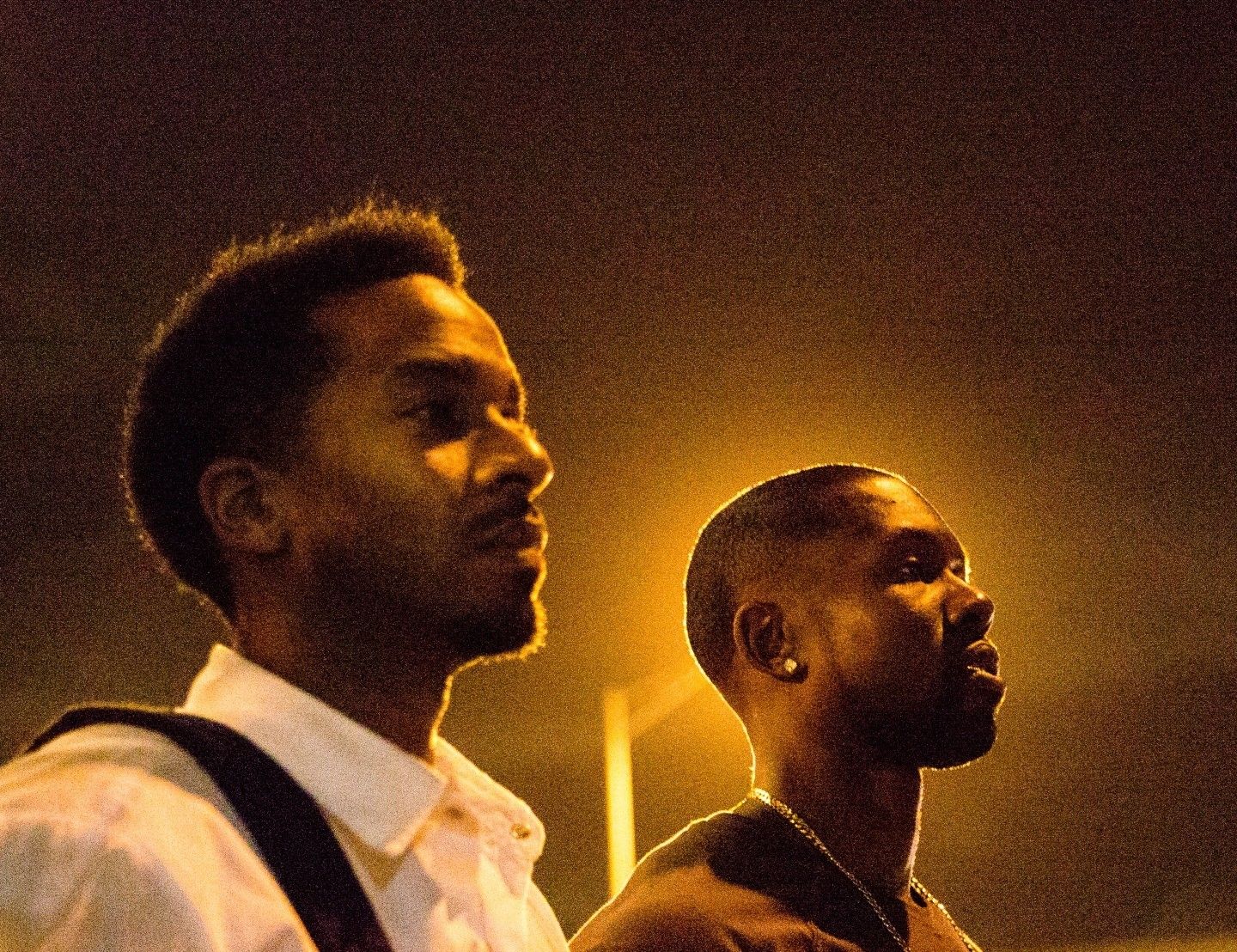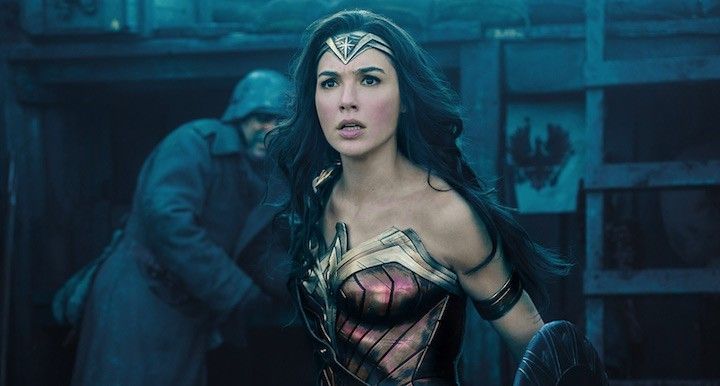
Crafting a character? We have all the resources you need!
One of the joys of writing is creating a new character. Also, one of the biggest pains in the ass is creating a new character. I love writing. It's my favorite thing to do, and I don't think I could live without it. But there are times when I am stuck creating a new character, and I just want to never pick up the pen again.
That's part of what I love about No Film School. Everyone here feels that way about a specific aspect of filmmaking. And we've worked really hard to bring you articles and ideas to help you through the good times and the tough times.
That's why I wanted to remind you of everything we have available for when you're writing characters.
Today, I'm going to aggregate everything you need to know about characters in one place. Each main topic will hyperlink to some very in-depth articles about the topics.
Let's get started.

Three-Dimensional Characters
Let's talk about how to make three-dimensional characters. They're usually main characters, villains, or protagonists. They are well-rounded characters who are written so well, they feel like real people. The best way to tell if your character is three-dimensional is to see if you know everything about them.
What kind of music do they like, how do they define themselves, what do they say, or do, and how do they act?
Character Development
Character development is the foundation of every great and memorable character, and it's something you have to master if you want to be a professional writer.
Character development is the process of creating a believable and realistic fictional character by giving them emotional depth. This does not matter if your character is human, an animal, or an anthropomorphized object (think Toy Story).
Character development comes in two parts—internal and external.
You can think of internal character development as your character's fundamental goals and motivations for their actions. And external development is the struggles and scarring or transformative experiences that make them who they are on the outside.

Character Bios
A character bio, or character profile, is a few sentences or pages that make up your character's story. They help embellish your character's traits and aid in character development and mapping out your character's arc.
The bio should give the person reading it a way to personally connect with the character. It should not matter whether or not they are a protagonist or an antagonist; the bio needs to provide information that makes that person more human. These bios don't have to occur on the screen.
But they should be known by the writer, director, and actor to give depth and meaning behind every choice, and be available to provide backstory as needed in the script.
Naming a Character
You’ve written all the action in your screenplay, and you’re getting ready to write some character descriptions and character names. So how can you pick a good character name?
And what even makes a character’s name good?

- The character’s name is emblematic of who they are on the inside and out.
- The first letter of your character’s name is different than every one of your other characters in the rest of the screenplay (or pilot).
Introducing a Character's Name to the Audience
One of the most unnatural things a screenwriter does is find a way to introduce a character's name to the viewers of the film. This sounds like the most basic thing to do, but people who already know each other in real life don't keep repeating each other's names when they talk to each other.
What is Backstory?
Backstory provides insight into your characters’ personalities, values, beliefs, and motives, giving us context to who they are as a person and what prompts their course of action. The term backstory is broad, and not everything in your character’s past will be interesting to the audience.

Character Archetypes
Character archetypes are the starting point for creating the people we love, hate, learn from, and never forget in television and movies.
I don't know about you, but when it comes time to develop characters, I get a little stressed out. To truly know your character, you need to be able to answer lots of questions about them. It's not just backstory, but also their strengths, weaknesses, and what motivates them within the story.
The answers to these questions can be complex. But luckily there are lots of tools and models you can use to base your characters on. We call these models "archetypes."
Character Introductions
Take a minute and think about some of your favorite movie characters.
Chances are, you remember the exact moment they set foot on screen—whether it's Darth Vader storming into Leia's starship to re-claim the stolen plans for the newly constructed Death Star, or Don Corleone thoughtfully stroking his cat within the dark confines of his study on the day of his daughter's wedding. A character's entrance onscreen can end up meaning a whole lot to your movie.

Character Arcs
A character arc is an emotional and physical transformation that a character undergoes throughout a film, TV episode, TV season, or TV series. The character arc depends on the person's physical and emotional response to events in the story.
As a character encounters obstacles on their journey, it affects them emotionally and physically, and those contribute to the character arc. We want to see how the character develops over time.
Your character arc should follow the story arc.
Summing Up "Everything You Need to Know About Character"
Well, I hope you and your understanding of characters has expanded. Take a look at our internal and external conflict post for ideas of the kinds of situations where we can see your characters develop.
And don't forget about the six emotional arcs that you can use to help your screenwriting as well.
Let us know if you still have character questions in the comments.
Your Comment